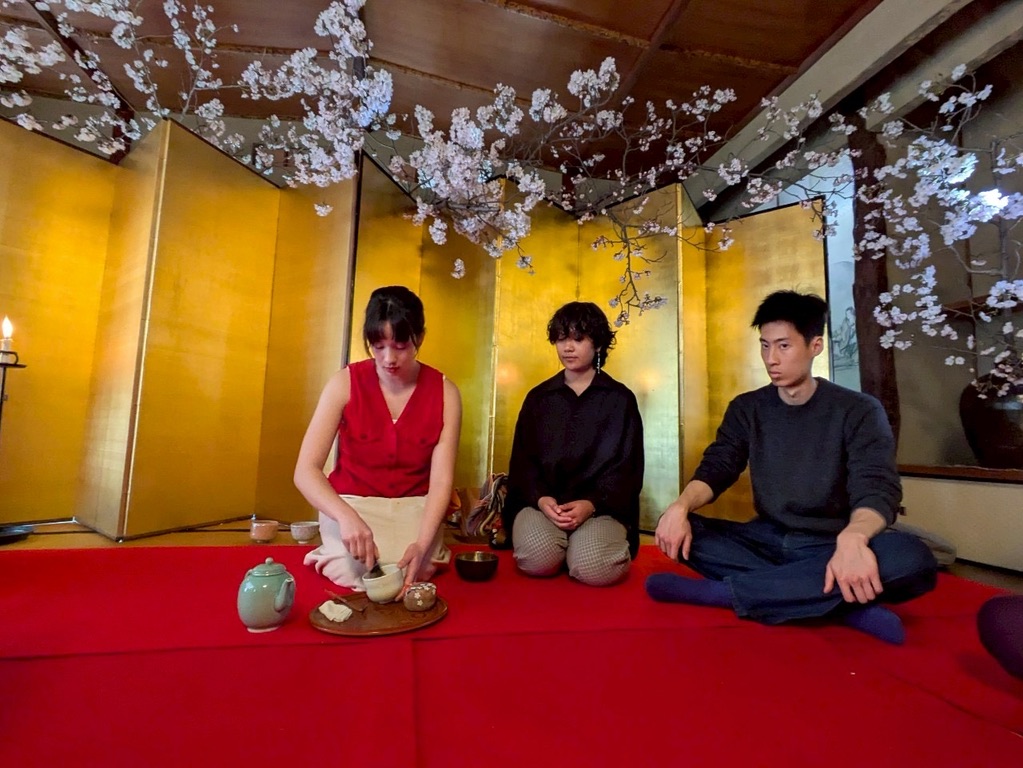
For my CIP, I learned tea ceremony with the wonderful Fujimura sensei. Every week, we met at a quaint tea house in Takagamine, a mountainside town, accessible from the nearest bus stop by a 25 minute walk over a creek and through a bamboo forest, which always helped quiet my mind and get me in the mood.
During my practice, I learned how to serve tea, but more than that, the culture of hospitality and reverence to the present moment that belies the tradition. While this might sound intimidating, Fujimura sensei, with her patient warmth and bubbly talkativeness, never made it feel that way. Like a true tea master, she always made me feel at home; serving me delicious homemade Wagashi, and taking care to take me on special trips based on my interests, such as cherry blossom viewing in kimono, and visits to Raku ceramics museums.
If you are curious about Kyoto’s traditional culture and beliefs, or just want to meet an amazing and fascinating woman, I can’t recommend this CIP enough. If you are concerned your Japanese level will hold you back, I can confirm I took this CIP with the lowest level of Japanese, and while it was super difficult at times, Fujimura sensei and I built a beautiful relationship and discovered new ways to communicate. Not only do I hope to continuing serving tea to others when I return to America, but I carry with me a deeper understanding of how to tap into peace, confidence, and selflessness wherever I am, that equips me well for the future.

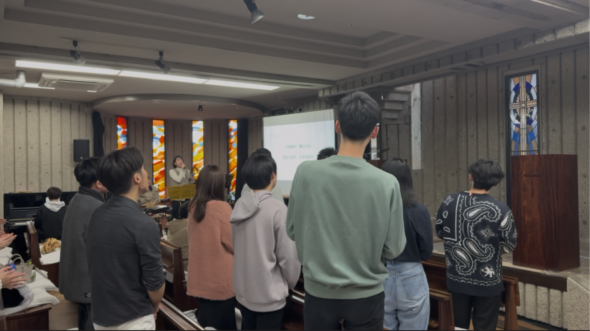
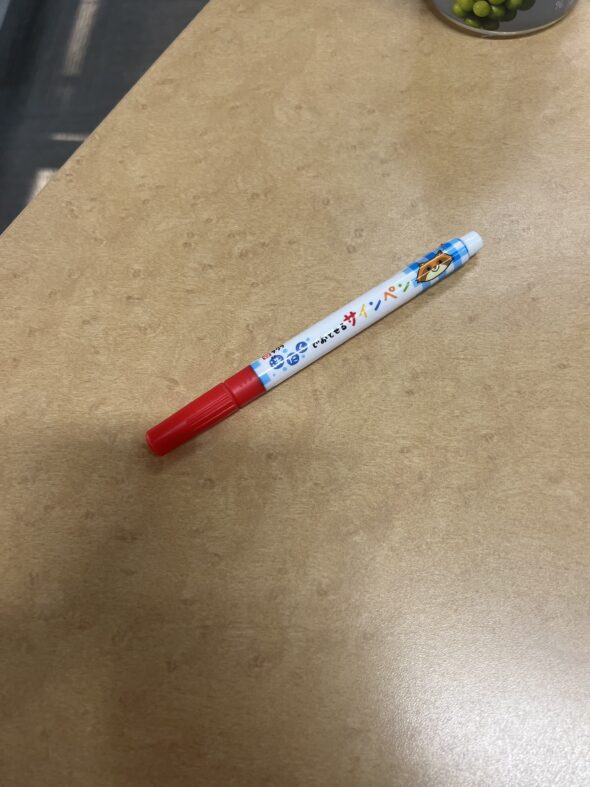

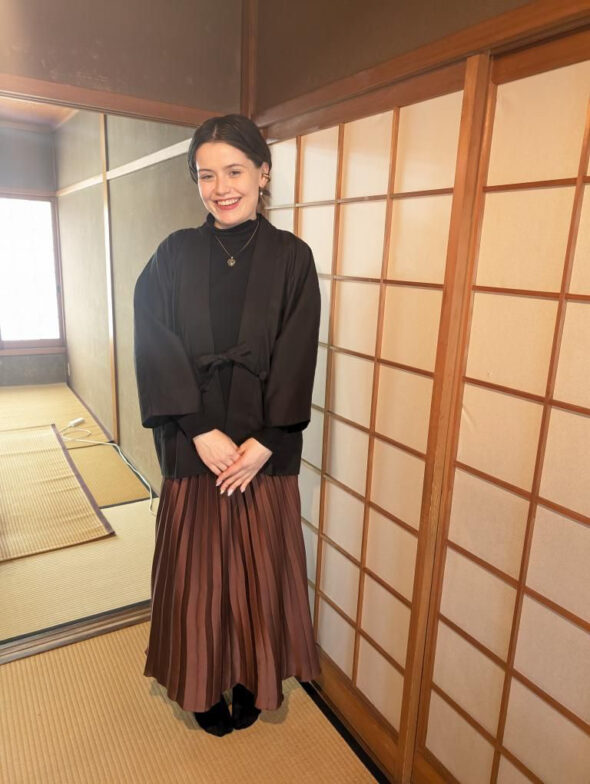
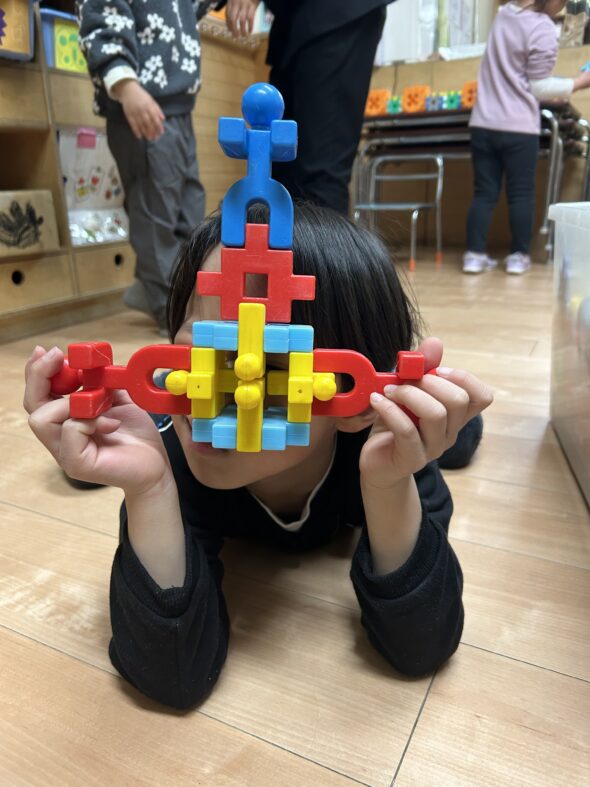
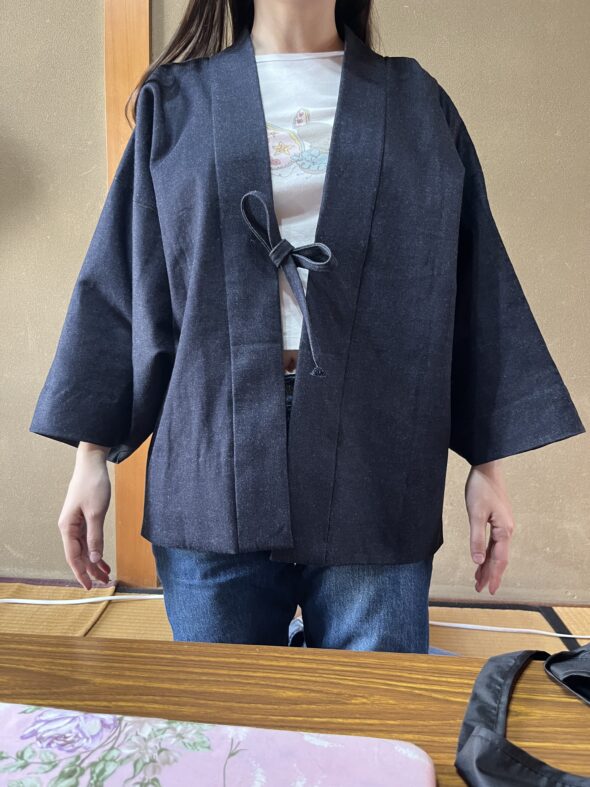 For my CIP, I chose Kyoto Wasai Classroom with fellow classmate Kylie. We chose to make haori and were given the freedom to choose our fabrics. Over the course of 9 weeks, we hand sewed our own haori with the help from 2 senseis. Making my own Japanese clothing item from scratch was very difficult, but the final product is something I will always cherish. If any future students are interested in doing Wasai as their CIP, I suggest researching a new place that has worked with study abroad students before. I also think it would be beneficial to have some background in sewing as I found it to be not super beginner friendly.
For my CIP, I chose Kyoto Wasai Classroom with fellow classmate Kylie. We chose to make haori and were given the freedom to choose our fabrics. Over the course of 9 weeks, we hand sewed our own haori with the help from 2 senseis. Making my own Japanese clothing item from scratch was very difficult, but the final product is something I will always cherish. If any future students are interested in doing Wasai as their CIP, I suggest researching a new place that has worked with study abroad students before. I also think it would be beneficial to have some background in sewing as I found it to be not super beginner friendly.
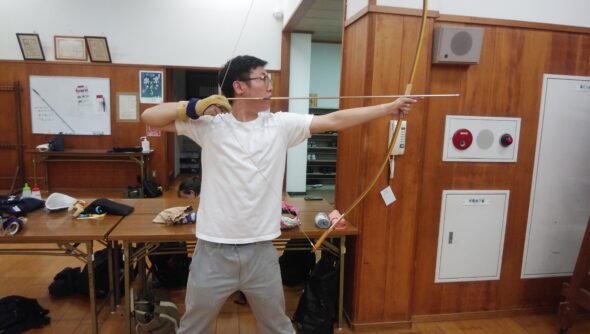 For my CIP this semester, I chose to take lessons in Kyudo, the traditional martial art of archery. I had practices at the Kyoto City Budo Center once or twice a week, and I was instructed by Furuya-sensei, a very kind teacher who has taught KCJS students in the past as well. I have actually been interested in Kyudo for a long time, and I’ve done archery before at a club at my home university, but as Kyudo is a very different kind of activity, I wanted to really learn it from the ground up while I had the rare chance to here in Kyoto. Kyudo is different from regular archery primarily in its objective. Rather than focusing on the particular result of hitting a target accurately, Kyudo emphasizes the form of the process itself, from stepping into the range to drawing the bow and everything in between. The idea is that the shooter focuses not on hitting the target, but completes every defined movement naturally and beautifully with an empty mind, and thus the arrow will always strike its target as a byproduct of one’s consistent efforts. I had an incredible time learning this difficult but rewarding art, and I would encourage anyone even remotely interested to give it a shot. A piece of advice I would give to beginners would be to not go into it with any expectations of yourself, as regardless of your previous experience with archery or other martial arts, you will almost certainly have to learn everything from the ground up, as there are just so many minute details about Kyudo. But should you be willing to fail over and over again until your body has remembered every specific movement and posture, I can guarantee that the feeling of gratification you’ll get when you finally hit the target is like no other.
For my CIP this semester, I chose to take lessons in Kyudo, the traditional martial art of archery. I had practices at the Kyoto City Budo Center once or twice a week, and I was instructed by Furuya-sensei, a very kind teacher who has taught KCJS students in the past as well. I have actually been interested in Kyudo for a long time, and I’ve done archery before at a club at my home university, but as Kyudo is a very different kind of activity, I wanted to really learn it from the ground up while I had the rare chance to here in Kyoto. Kyudo is different from regular archery primarily in its objective. Rather than focusing on the particular result of hitting a target accurately, Kyudo emphasizes the form of the process itself, from stepping into the range to drawing the bow and everything in between. The idea is that the shooter focuses not on hitting the target, but completes every defined movement naturally and beautifully with an empty mind, and thus the arrow will always strike its target as a byproduct of one’s consistent efforts. I had an incredible time learning this difficult but rewarding art, and I would encourage anyone even remotely interested to give it a shot. A piece of advice I would give to beginners would be to not go into it with any expectations of yourself, as regardless of your previous experience with archery or other martial arts, you will almost certainly have to learn everything from the ground up, as there are just so many minute details about Kyudo. But should you be willing to fail over and over again until your body has remembered every specific movement and posture, I can guarantee that the feeling of gratification you’ll get when you finally hit the target is like no other.